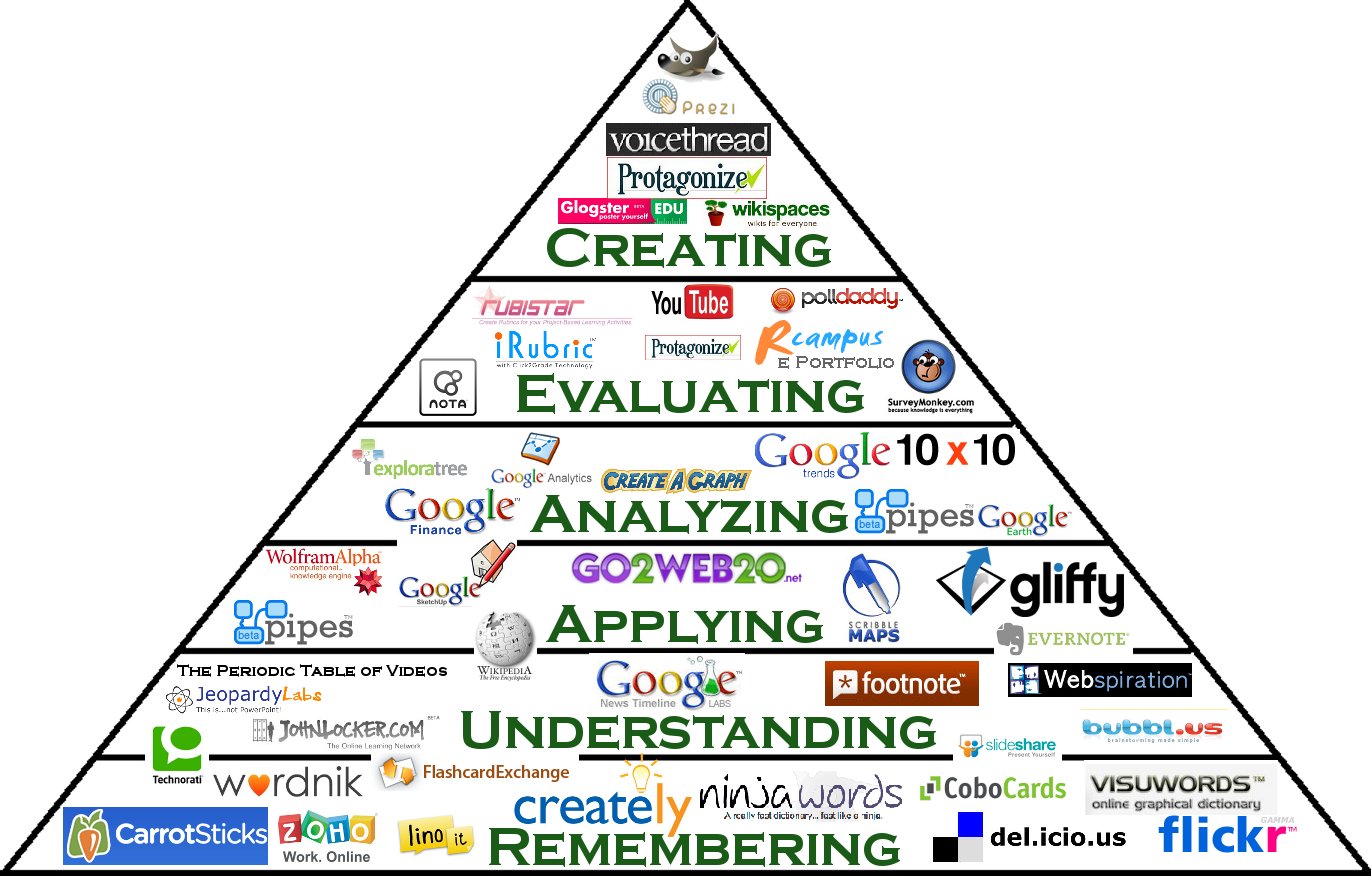The Affordance and Constraints of Web 2.0 Tool
Web 2.0 has come a long way to the read only Web 1.0. Web 2.0 has evolved into a provider of online software services. Web 2.0 offers many interactive software choices which have become household names. Information is at your fingertips and that is what internet users find. Web 2.0 users not only do they read but create and share. They become active participants and content creators. Web 2.0 technologies like blogs, wikis, podcasting and social networking have allowed users to easily publish content online. Also, to connect and network with other people from all over the world with the same interest.
Some of the benefits or affordance of Web 2.0 that a student will learn is the interaction, communication and collaboration. Students will see the relevance of what they are learning in the real world. Technology prepares the students to be qualified in a job of technology business. They will be more critical thinkers and effective communicators.
Barriers or constraints can be the uneasiness with openness of technology. The student can be very uncomfortable with the openness and are reluctant to participate in class activities that utilize Web 2.0. Another barrier can be technical problems of older computer models and limited time to learn.
Some practices or tips for teaching with Web 2.0 are the following:
- Do NOT introduce too many new technology to the students.
- Do NOT use multiple technologies that do the same thing.
- Provide appropriate instruction, tutorials examples and frequent feedback.
- Facilitate collaborative learning.
- Build a sense of community of learners in your classroom first before trying more public collaboration.


